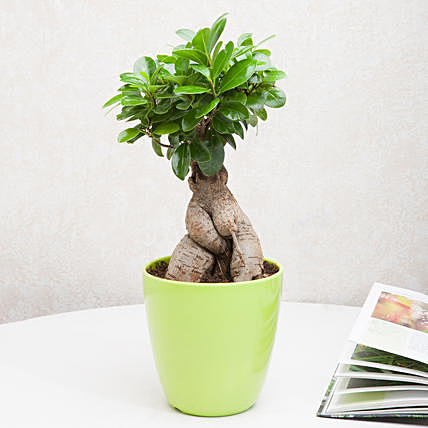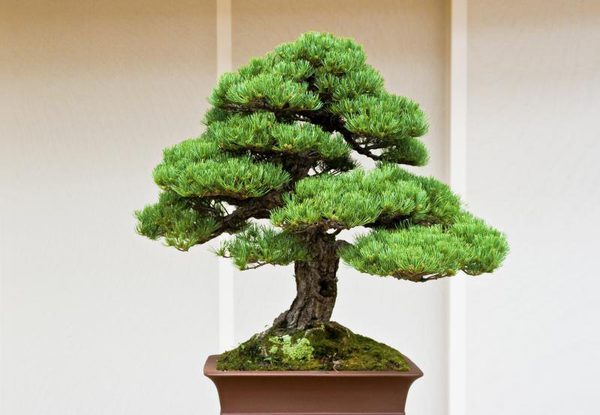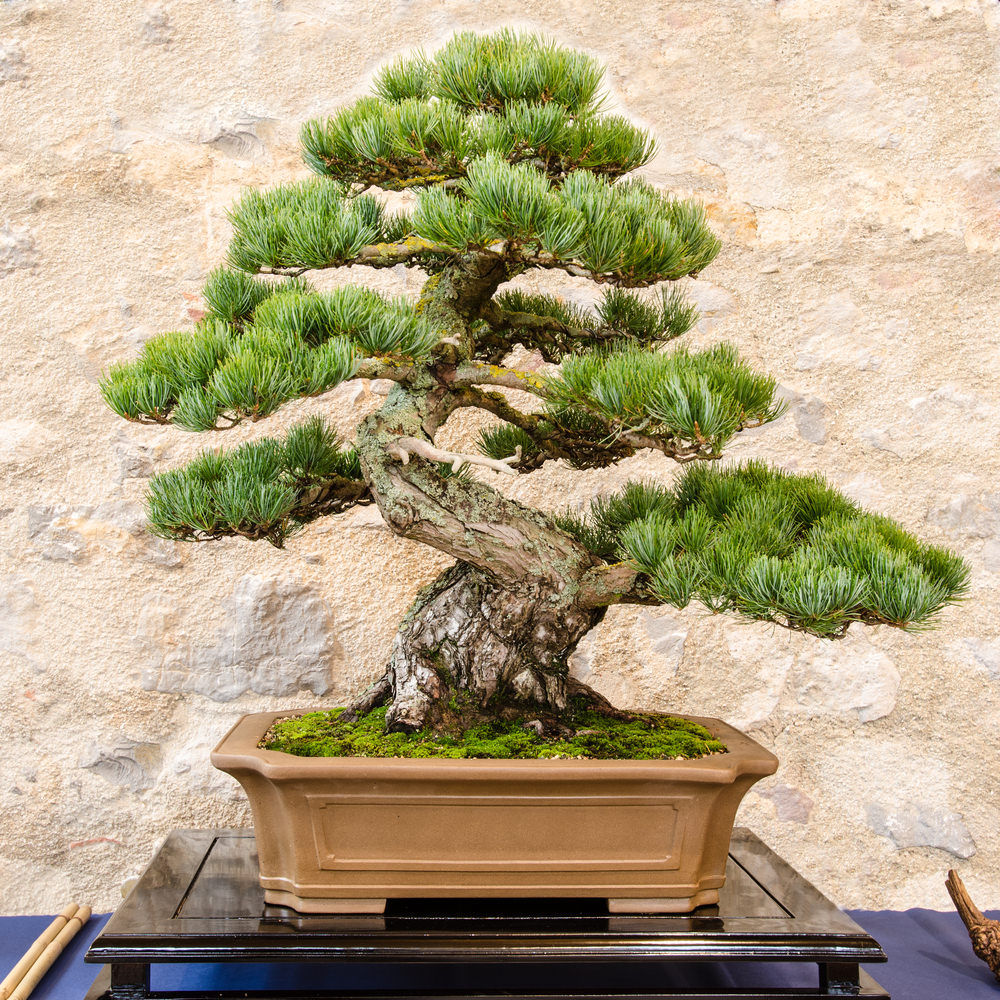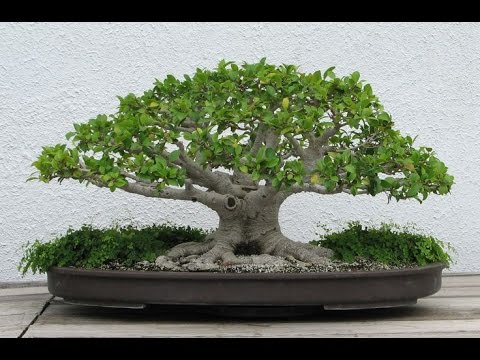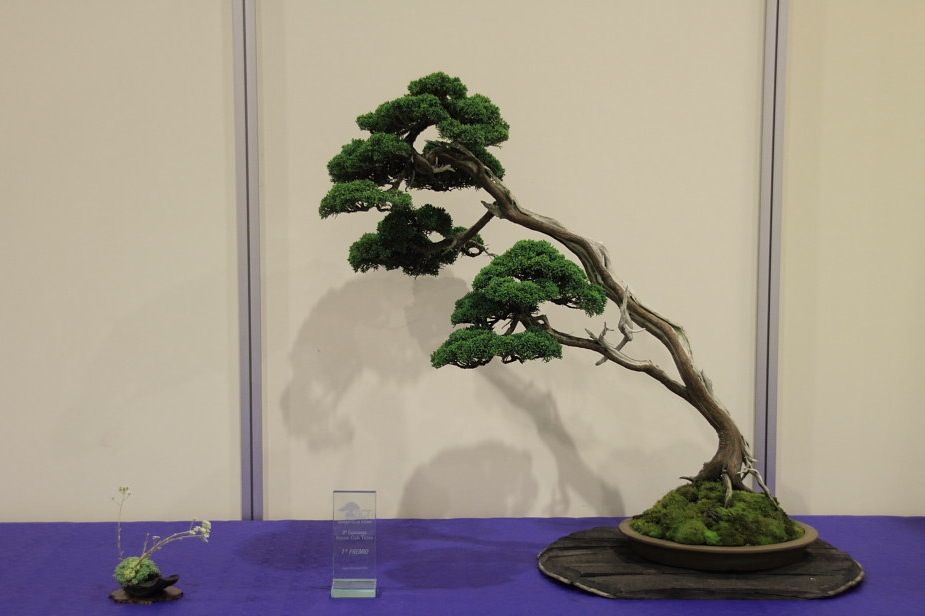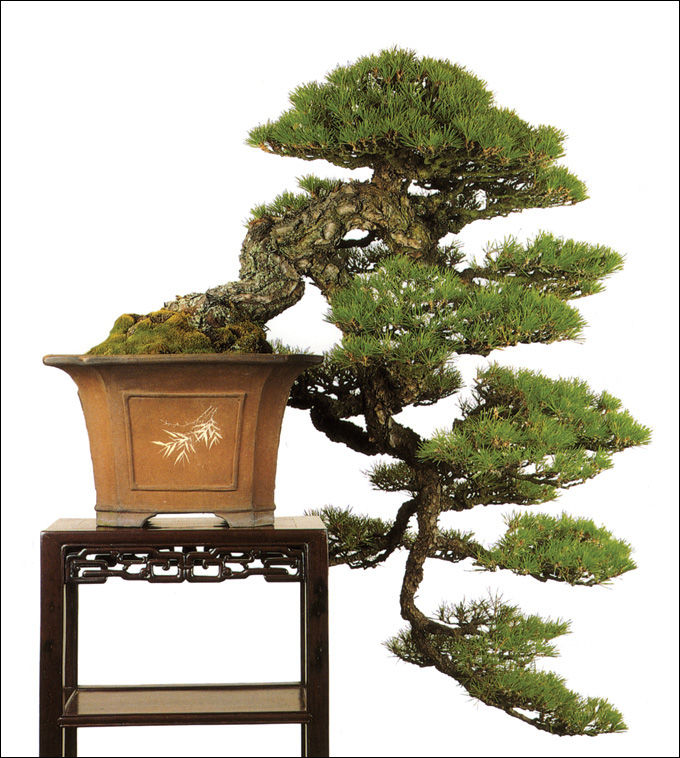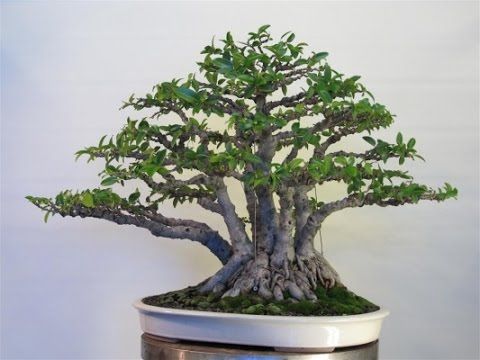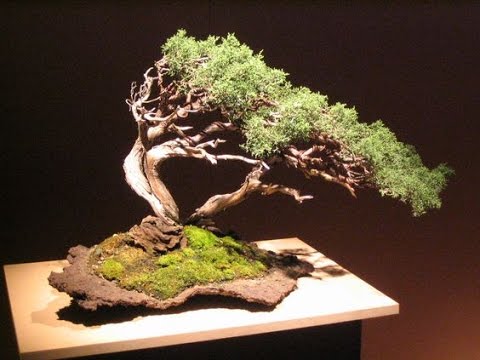When we say Bonsai, we refer to trees planted in a container that is a mini version of an actual fully grown tree. The process of cultivating bonsai is a Japanese art that has ascended from the beautiful mountains of China. The emergence of this art, which was earlier known as Penzai in the Chinese community, happened to occur when some Chinese wanderers reached Japan. After centuries of practice, hard work and creativity in cultivating these miniatures, the whole world started pleasing these captivating holy small-scale trees which are popular by the name bonsai.
So, before you are fascinated by this art and would like to start cultivating it, you can learn about the different bonsai shapes:
Formal Upright Bonsai
This shaped bonsai emerges from a strong, thick base which further grows into a mini tree. Focusing on the branches, the branches of this bonsai have even margins between them which signify balance. The lower branches are the largest in size and this size keeps on decreasing as branches move to the top. Since bonsai is a process of cultivating trees in proper shapes and designs, thus to maintain the exact trilateral shape, the branches require trimming and training timely. The other name for formal upright bonsai shape is ‘Chokkan’.
Informal Upright Bonsai
Alike formal upright bonsai which has an undeviating trunk, the trunk of an informal upright bonsai is deviating. The similarity between formal and informal upright bonsai shape is the strong, thick base. One can maintain the exact trilateral shape as of formal upright bonsai here too. It is also popular by the name Moyogi (tree with a curvy growth pattern). Examples of a broom bonsai would be pomegranate bonsai, juniper bonsai, Japanese maple etc.
Broom Bonsai
Similar to the actual rough broom used for cleaning our house, broom-shaped bonsai has a rough edgy look which is either leafless or leafy. The top of this bonsai forms a semi-circular shape if properly trimmed and trained. Furthermore, Informal and Formal broom bonsai are the categories of a broom bonsai.
Literati Bonsai
Talking about the trunk of this bonsai, the lean look of the trunk is similar to the pen of a wise literate person giving significance to the actual meaning of the name of this bonsai shape. Not only lean but the trunk is extensive and has small non-edgy curves. The branches of this bonsai grow on the uppermost part of the trunk. Having this bonsai form in your home adds the missing grace. The other name for this bonsai form is ‘Bunjingi’.
Slanting Bonsai
A slanting bonsai is one of the easiest to recognize among all the bonsai forms due to the sharply tilted trunk growing up towards the horizon. The look of this bonsai is similar to a tree which has been uprooted by a storm. The roots on the opposite side of the slanted trunk are strongest as the behold the bonsai from falling. The other name for this bonsai form is ‘Shakan’.
Cascade Bonsai
Sticking to the literal meaning of the name, the trunk of the cascade bonsai grows downwards like a beautiful waterfall. The branches of this bonsai grow asymmetrical. The trunk of this bonsai form is curvy and can vary from a thick to lean trunk. A cascade bonsai can be both leafy as well as flowery. The roots of this bonsai should be strong enough to hold the entire tree in a downfall position. The other name for this bonsai form is ‘Kengai’.
Multi-trunk Bonsai
In a multi-trunk bonsai form, the source root of all the trunks is one. The bottom-most part of the trunk happens to be the thickest among all bonsai forms. The trunk that is in the center is generally the longest among all trunks. The other name for this bonsai form is ‘Kabudachi’.
Windswept Bonsai
A windswept bonsai depicts a tree standing strong against a harsh wind. This striking look is what attracts people to cultivate this mesmerizing bonsai. The trunk has an undefined pattern but forms a slight art as if hit by strong wind force. The branches of this bonsai form always deviate in the direction of slant and never grow towards the horizon. The other name for this bonsai form is ‘Fukinagashi’.
You Might Also Like:

